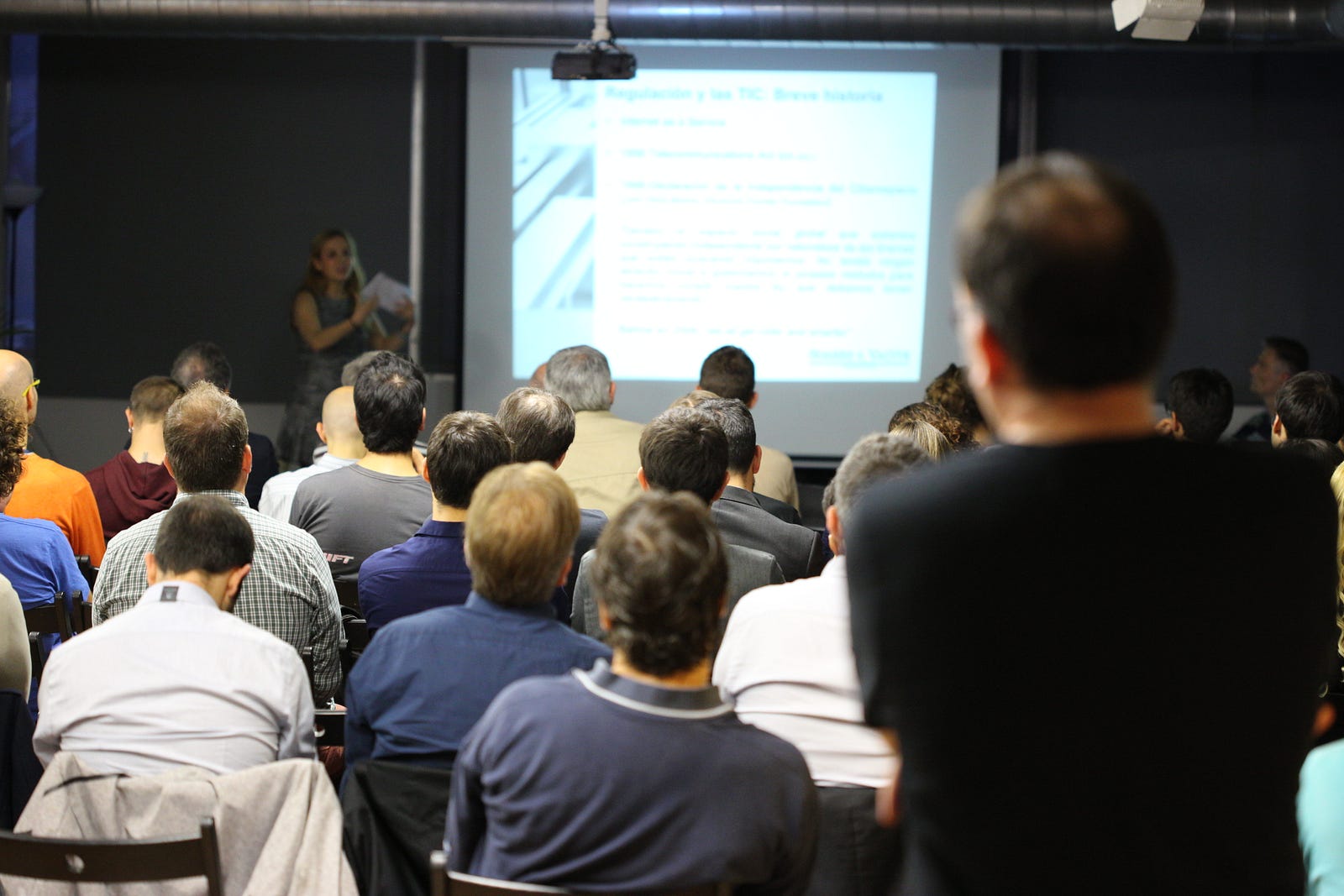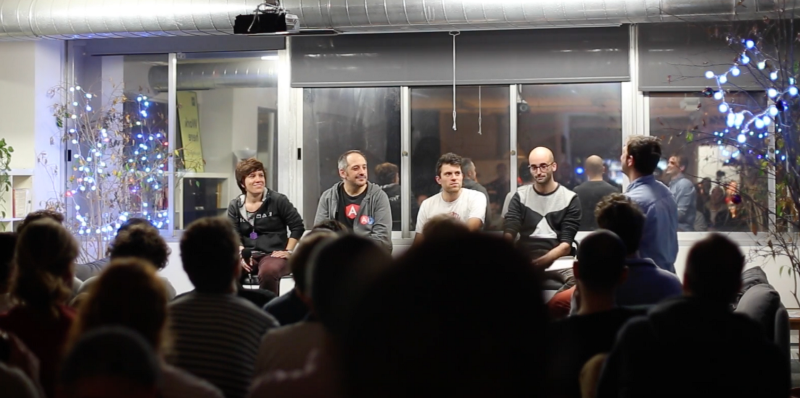What I’ve learned from organising 25 tech/startup events in 4 months

When I started working at itnig this fall I knew I would arrange events, but I couldn’t imagine that I would host 25 tech events in 4 short months .
I’ve learned a couple of things along the way, that makes me certain the next 6 months of tech events at itnig will be even better!
At itnig we do events for several reasons:
- We like having smart (speakers & attendants) people at our place.
- We care about the Barcelona tech community, and want to contribute to its growth and quality.
- We want to show off itnig and our startups .
Speakers
The topic of your event can be super relevant, trendy or interesting, but if the speaker doesn’t have a “name” known in the community or work in a known company, you’re screwed. It’s the cold, harsh truth. I personally thought that if you have a topic that’s interesting, presented by someone with experience and merit, it would be enough, but it usually isn’t.

So if your goal is to attract a decent number of people to your event, you need to find a great topic AND a great (+known/semi famous) speaker.
However, don’t invite speakers that aren’t eager to share! You can always manage to convince someone really great to come present her/his experience, but if you have to struggle to convince them, or if you notice the speaker only attends because of having a hidden agenda (usually hiring) it could be reflected through the presentation. Make sure the speaker actually is looking forward to the event.
Also, if possible, try to book a speaker that hasn’t recently been around talking at other events in your city. You want the name to sound a bit exclusive. If you find it hard to find good speakers, don’t be afraid to find speakers internally, especially if you work in a well known startup or company, sometimes the best speaker sits just under your nose.
It’s not vital, but if you can, ask the speaker to stay behind after the event to chat and have a few drinks with the attendants, that’s always a huge plus, and makes the whole event experience much better.
Topics
How you choose your topic relates a lot to what your motivation is, what kind of community you have, and how big the startup ecosystem around you are.
One of the keys for me who’s hosting the events, has been to actively talk to our developers, marketers and product managers on what kind of topics they find interesting, or what new things they want to learn. This only works if your team actually follows trends and stays up-to-date with what’s happening in their field of expertise.

Apart from this I try to get feedback from our community and of course follow thought leaders through social media and newsletters.
Make sure the topic has not been done by anyone else in the community, and if someone’s covered it, make sure you’re bringing something to the table. Tech is moving fast, nobody cares for hearing something twice.
No matter how interesting your topic is, try to always stay under 45 minutes. It’s just as important to open up to questions from the audience, than to lecture from the stage.
Attendants
So I’ve covered topics and speakers – two essential parts of every event, now over to the last ingredient — the people.
Refreshments (beer) is key. Or to put it more accurately, beer is the oxygen people breath at events, i.e an event without beer is like holding an event in space. Only very weird people that are super interested will show up.

And even though these super interested weird people are great assets in all communities, you really need to appeal to the broader mass as well, if you want to build a diverse community.
To get people inside your events you’ll have to use an event-platform for announcing, informing and sign-ups. If you don’t have a big social media following, make sure your friends in the community help you spread the word.
We use Meetup which is great for certain things, but in some ways it’s a bit broken. With that I mean that most people that cares about tech (at least in Barcelona) are using Meetup and you can build a big community on the platform, but many people have little or no will to commit to events they press attend to.
This is an issue I’ve been talking with a lot of people about, and it seems like people are using meetup more like a calendar of events they are thinking about attending, and not something they’re definitely doing.
The best way to ensure that people are showing up, and not only pushing attend is to take a small symbolic fee (1–2 euros).
So, there you have it, hope to see you at the next itnig event! If you have a topic you think we should cover in 2017, let me know!






